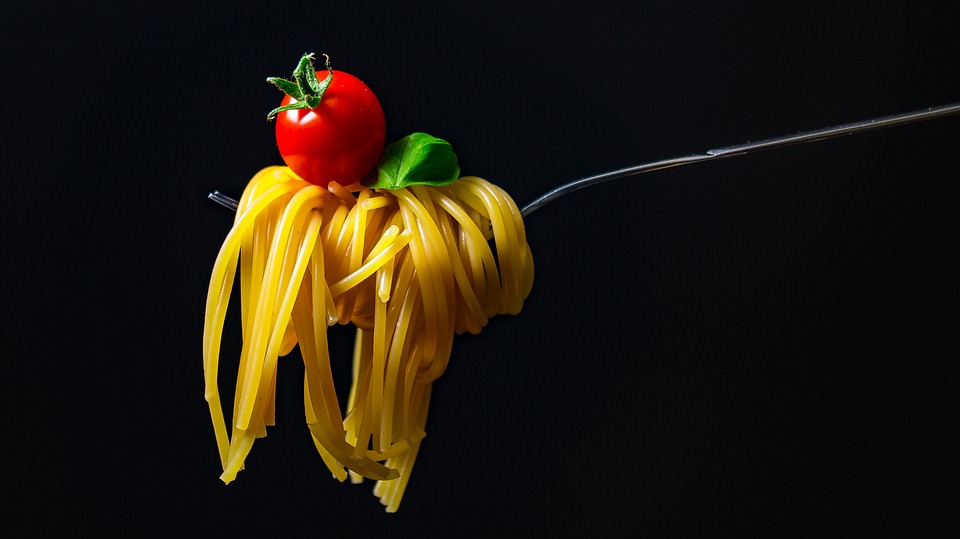Dried fruits are nutritious, tasty, and lightweight. They are easy to prepare, carry, and use. Majority of the people might have consumed dehydrated fruits in one form or another. It’s plausible to assume that dehydrated fruits have long been part of the diet of humans.
Fruit dehydration, also known as drying, became useful since the old times to preserve fruit for subsequent use. It serves as an alternative option for freezing or canning or to compliment these two. Low heat, low humidity, and good circulation of air are crucial for a successful drying process.
To guide you on what this article is about, we will discuss some of the interesting things you might not know about fruit dehydration. After that, we have also laid out 10 interesting facts on the final product of fruit dehydration which is, of course, dehydrated fruit.
The idea of fruit dehydration started as early as 12,000 B.C.
Before refrigeration, people who settled in cold areas could store fruits underground or outdoors for preservation. The dehydration method served the same purpose since time immemorial. The earliest practice known was by settlers of the modern Asia and Middle East regions in 12,000 B.C.
Water in the fruits is conventionally removed through the process of evaporation such as sun drying, air drying, wind drying, and smoking. Although today, freeze drying or electric powered food dehydrators are used for speeding up the dehydration process. This is also to guarantee the consistency of results.
Dehydration keeps the fruit from spoiling.
Fruit dehydration removes enough moisture from the fruit to prevent the growth of mold, yeast, and bacteria that cause the fruit to spoil. Dehydration also causes the activity of the enzymes to slow down but doesn’t necessarily inactivate them. Enzymes are substances that naturally occur causing the fruits to ripen.
As dehydration removes moisture, dehydrated fruits become lighter and smaller. When the fruit is ready to consume, the addition of water is done to return the fruit to its natural state in some cases.
Not all dehydrated fruits are the same.
There are various ways to make dehydrated fruit. The final characteristics of the dehydrated fruit depend on the dehydration technique used. Noticeable changes in chemical and physical characteristics of the fruit include:
- Color,
- Shape,
- Flavor, and
- Texture.
The less visible changes are on the microbial and nutritional profiles of the fruit.
All of the mentioned characteristic alterations resulted from the conditions in the dehydration process such as:
- Pressure,
- Temperature,
- Humidity, and
- The velocity of the drying medium.
Since the conditions in the dehydration process differ for each method, the resulting dehydrated fruit products can vastly differ in nutritional value, physical appearance, and taste. Thus, not all dehydrated fruits are similar!
Fruits Can be Dried Through Freezing
In food industries, fruit dehydration is usually accomplished through the process of freeze drying. In this drying method, the fruit is subjected to a process called flash freezing. Then the frozen fruit is transferred into a low-pressure system where the fruit undergoes two successive drying processes (sublimation and desorption). These drying processes turn the solid water in the frozen fruit into its gaseous form.
Furthermore, in freeze drying, pressure control is crucial in all of the process’ stages. From the freezing stage to the primary drying (sublimation) to the secondary drying (desorption) stages. The appropriate pressure allows uniform freezing of the fruit and prevents the frozen food from melting during the drying processes.
If an inefficient pressure throttler is used, the drying process will fail and can cost a lot. The most commonly used valves by industries are butterfly valves which are suitable for large steam and vacuum systems. An XHVAL butterfly valve would be ideal in this case.
Although fruit dehydration using freeze-drying costs more than other typical dehydration techniques, the changes in nutritional value, texture, and flavor are mitigated.
You can dehydrate fruit in your own homes.
You may not believe this but yes you can! The process is very straightforward, safe and is easy to learn. Just make sure that you choose fruits that are of good quality to avoid failures in the drying process. You can dry fruits at home using these methods:
- Dehydrators,
- Oven drying,
- Sun drying,
- Air drying, and
- Microwave drying.
If you want to know more on the process of food drying in your homes, you can check this link out.
10 Interesting Facts About Dehydrated Fruit
Now that we have learned about the dehydration process, here are 10 interesting facts about dehydrated fruits.
- In ancient Egypt, dried fruits are buried under the tombs of kings when they die along with their treasures.
- Dried fruits contain more minerals, vitamins and fiber 3.5 times than that of the fresh fruits by weight.
- Figs have high contents of minerals such as magnesium, calcium, manganese, and potassium. They are also connected with laxative side effects.
- Dark colored fruits, such as cranberries, indicated a high content in phytonutrients!
- Just one prune can provide you 3% of the suggested daily consumption of fiber.
- There are only a few individuals who are allergic to the date fruit. Also, the high sugar and low water content of dates give them a long shelf-life that can last for many months.
- As claimed by the Islamic tradition, date trees are the trees of life in the Garden of Eden.
- Among the various choices of dried fruits, one dried apple serving sometimes has the lowest content of calories.
- Golden raisins were treated using sulfur dioxide for the preservation of their color.
- Some of the excellent sources of iron are dried apricots. A hundred grams has about 6.3 milligrams of iron.
Conclusion
People use dehydration since ancient times as a means of preserving not only fruits but also vegetables. This is done through the removal of water in the fruit to prevent it from spoiling faster.
Dehydrated fruits are good sources of nutrients and energy. They typically last longer than fresh fruits and are easier to store, especially during winter. This is because they only occupy less space than fresh ones. Other than that, we have also learned in this article that dehydrated fruits are healthier than fresh ones.
So that’s it! We hope that we have added even a little bit of knowledge about fruit dehydration to you.




